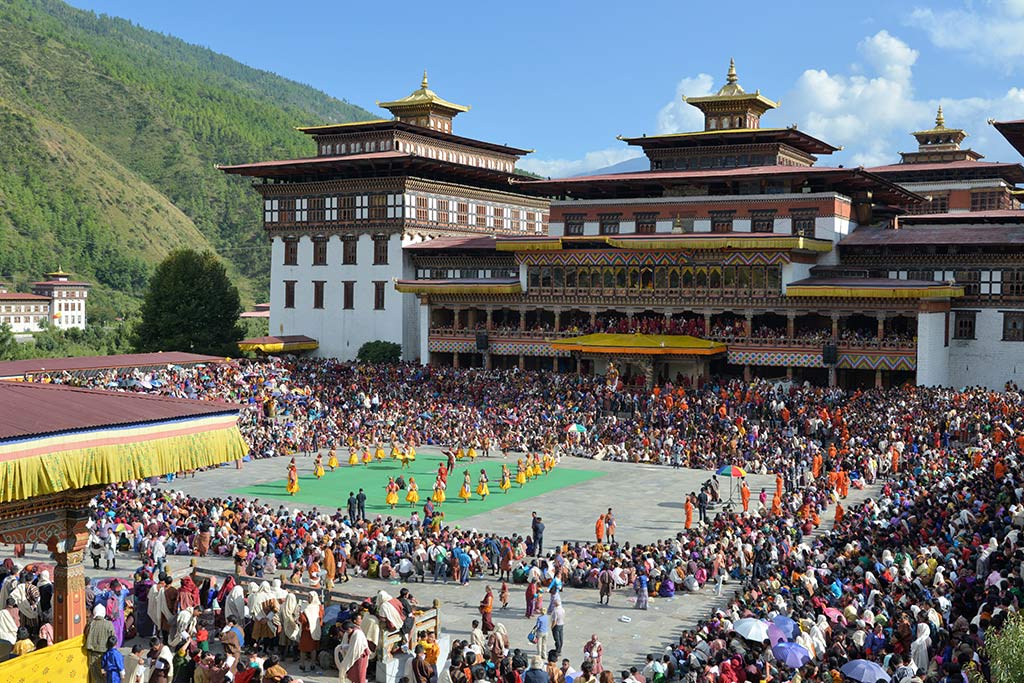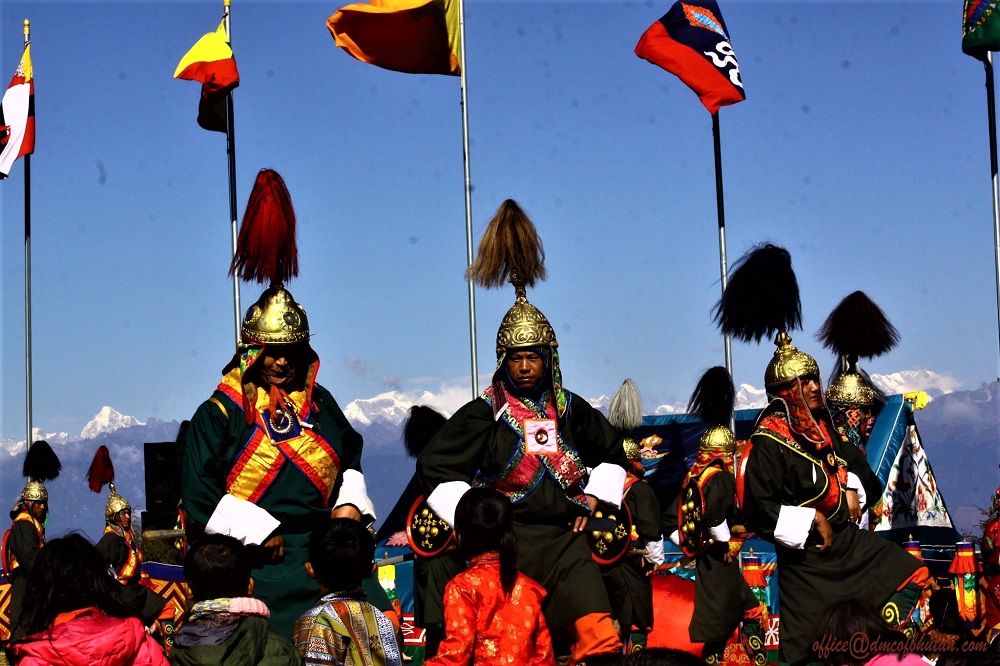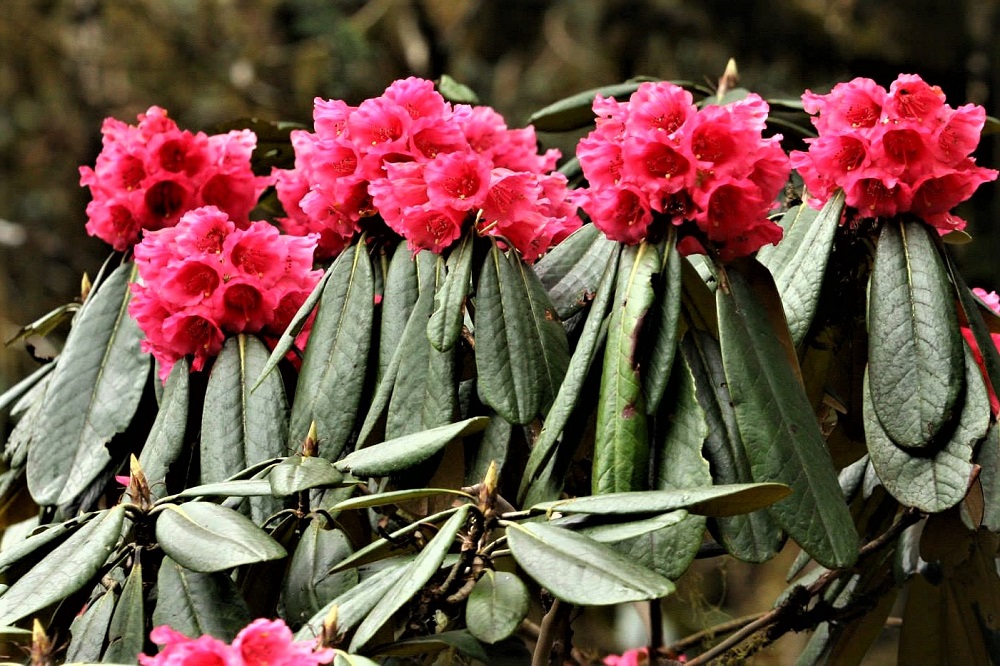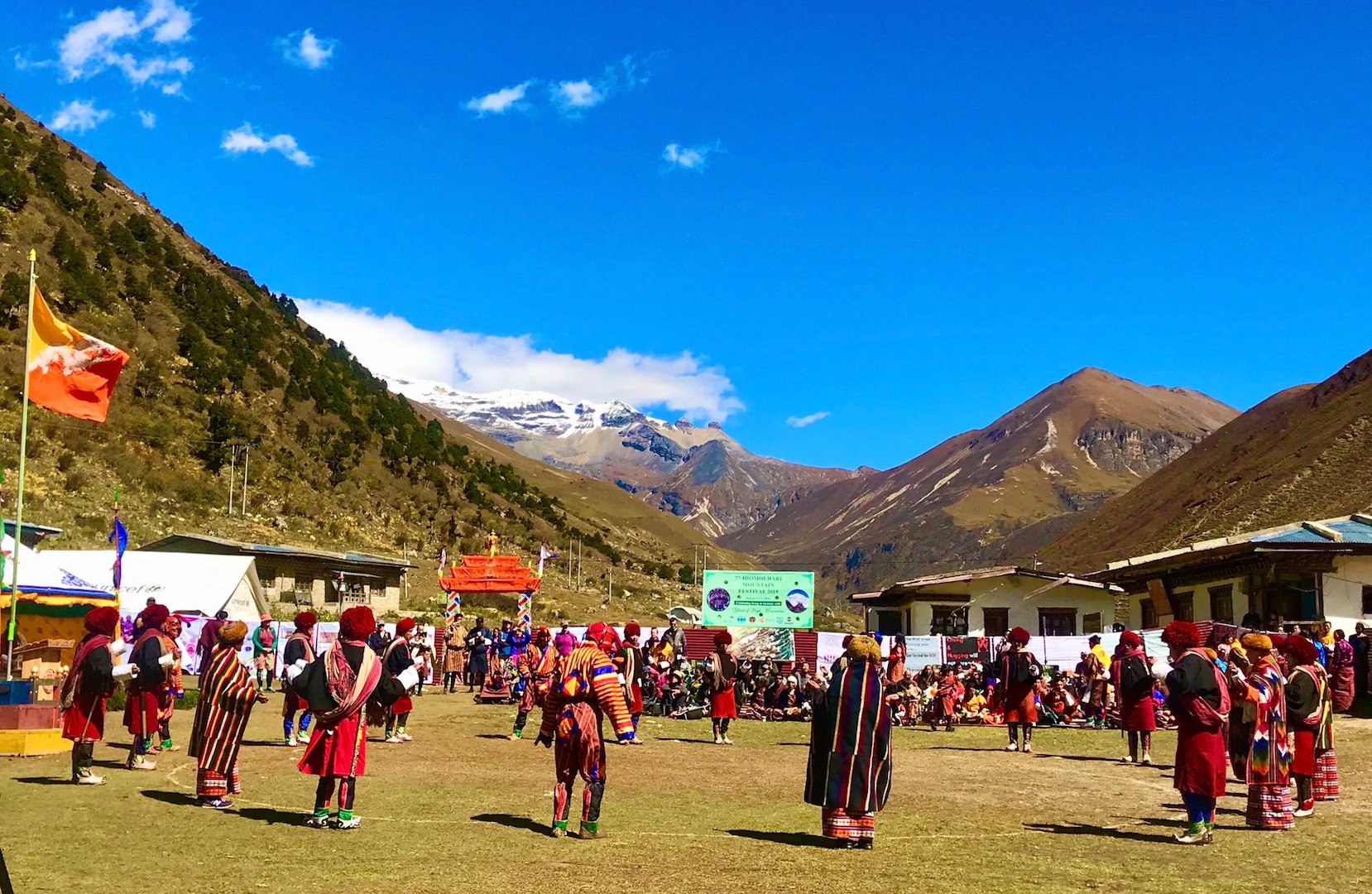The Wangdue Phodrang Tshechu is a traditional Bhutanese festival, commonly known as a “Tshechu,” that takes place in the Wangdue Phodrang district of Bhutan. Tshechus are annual religious festivals that are an important part of Bhutanese culture and tradition. The Wangdue Phodrang Tshechu typically occurs in the autumn months, but the exact dates can vary from year to year based on the Bhutanese lunar calendar.
During the Wangdue Phodrang Tshechu, the local community and visitors come together to witness and participate in a series of religious and cultural events. The main highlight of these festivals is the masked dance performances, known as “Cham,” which are performed by monks and laypeople dressed in elaborate traditional costumes and colorful masks. These dances depict various religious stories, legends, and moral tales, and they are believed to bring blessings and good fortune to those who witness them.
In addition to the mask dances, the Tshechu often includes other activities such as the unfurling of large thangkas (religious scrolls), recitation of prayers and religious texts, and the offering of various traditional Bhutanese dishes. The festivals also serve as a social gathering where locals and tourists can interact and celebrate together.
The Wangdue Phodrang Tshechu is not only a religious event but also an opportunity for the Bhutanese people to preserve and promote their unique cultural heritage. It allows outsiders to experience the rich cultural and religious traditions of Bhutan and is a colorful and joyful celebration that is cherished by both locals and visitors










